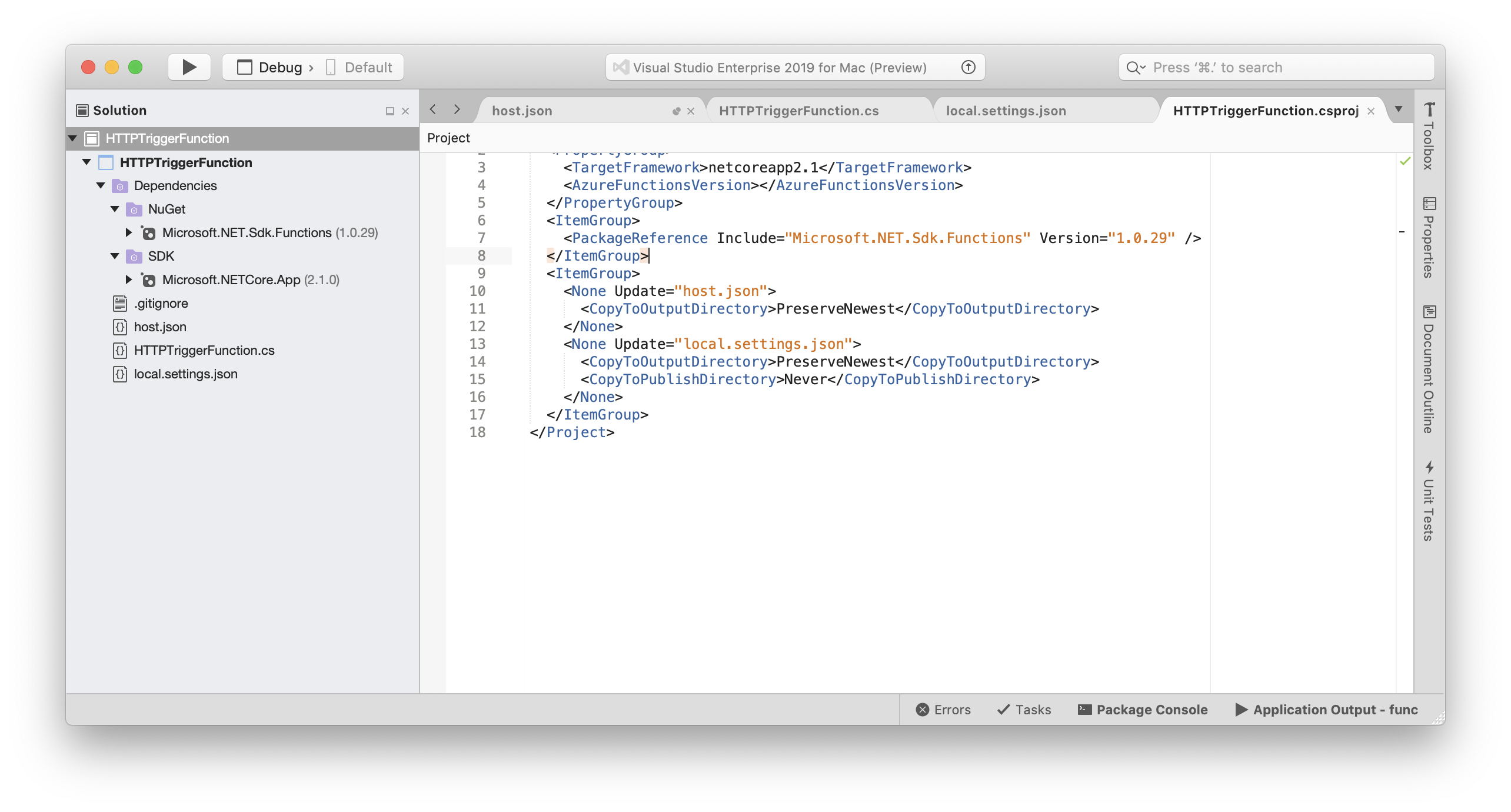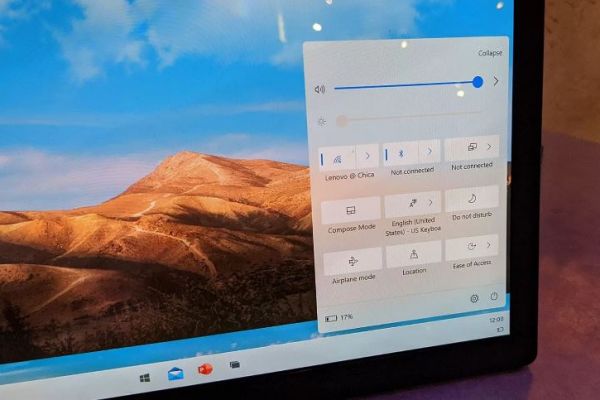Visual Studio Code on macOS Installation. Download Visual Studio Code for macOS. Open the browser's download list and locate the downloaded archive. Select the 'magnifying glass' icon to open the archive in Finder. Drag Visual Studio Code.app to the Applications folder, making it. The Visual Studio for Mac editor supports powerful built-in refactoring options such as Extract Method and Rename, accessible via the Quick Actions menu. Integrated Source Control Manage your code in Git or SVN repos hosted by any provider, including GitHub and Azure DevOps. Use the Visual Studio debugger to quickly find and fix bugs across languages. The Visual Studio for Mac debugger lets you step inside your code by setting Breakpoints, Step Over statements, Step Into and Out of functions, and inspect the current state of the code stack through powerful visualizations.
For more details, please visit: http://www.codemaid.net
Currently supports VS2017 and VS2019.
For Visual Studio 2012/2013/2015, the last supported version is v10.6.
For Visual Studio 2010, the last supported version is v0.8.1.
For Visual Studio 2005/2008, the last supported version is v0.4.3.
Links

Project home, Documentation, News: www.codemaid.net
Download, Reviews: Visual Studio Marketplace
Code, Issues: GitHub
Continuous Integration: AppVeyor
Twitter @codemaid: Twitter

Features
Code Cleaning
Cleanup random white space into a simple standard order. Add unspecified access modifiers. Utilize Visual Studio’s built-in formatting capabilities. Remove and sort using statements. And do it all automatically on save or on demand, from an individual file to the entire solution.
Code Digging
Visualize and navigate through the contents of your C# and C++ files from a tree view hierarchy. Quickly switch between different sorting methods to get a better overview. Drag and drop to reorganize the code. See McCabe complexity scores and informative tooltips.
Code Reorganizing
Reorganize the layout of members in a C# file to follow Microsoft’s StyleCop convention, or your own preferences. Automatically generate regions to match. Run on demand or automatically during cleanup.
Comment Formatting
Format comments to wrap at a specified column and arrange tags on separate lines. Run on demand or automatically during cleanup.
Joining
Visual Studio For Mac Free
Join two adjacent lines, or a highlighted section of code onto a single line.
Finding
Find the current file in the solution explorer window.

Sorting
Sort a highlighted section of code alphabetically.
Collapsing
Recursively collapse nodes or the entire tree in the solution explorer window.
Progressing
View the overall progress of a build within Visual Studio, or in the Windows taskbar, both with a green/red status indication.
Configuring
Enable, modify or disable many of the aspects of how CodeMaid does its work.
Switching
Switch between related files, such as cpp and header files or xaml and code-behind.
Toggling
Toggle read-only state of files without jumping into the windows explorer.
and More!
Remove regions, close read-only files, etc.
Installation
- Download Visual Studio Code for macOS.
- Open the browser's download list and locate the downloaded archive.
- Select the 'magnifying glass' icon to open the archive in Finder.
- Drag
Visual Studio Code.appto theApplicationsfolder, making it available in the macOS Launchpad. - Add VS Code to your Dock by right-clicking on the icon to bring up the context menu and choosing Options, Keep in Dock.
Visual Studio Code For Mac
Launching from the command line
You can also run VS Code from the terminal by typing 'code' after adding it to the path:
- Launch VS Code.
- Open the Command Palette (⇧⌘P (Windows, Linux Ctrl+Shift+P)) and type 'shell command' to find the Shell Command: Install 'code' command in PATH command.
- Restart the terminal for the new
$PATHvalue to take effect. You'll be able to type 'code .' in any folder to start editing files in that folder.
Note: If you still have the old code alias in your .bash_profile (or equivalent) from an early VS Code version, remove it and replace it by executing the Shell Command: Install 'code' command in PATH command.
To manually add VS Code to your path, you can run the following commands:
Start a new terminal to pick up your .bash_profile changes.
Note: The leading slash is required to prevent $PATH from expanding during the concatenation. Remove the leading slash if you want to run the export command directly in a terminal.
Note: Since zsh became the default shell in macOS Catalina, run the following commands to add VS Code to your path:
Touch Bar support
Out of the box VS Code adds actions to navigate in editor history as well as the full Debug tool bar to control the debugger on your Touch Bar:
Mojave privacy protections

After upgrading to macOS Mojave version, you may see dialogs saying 'Visual Studio Code would like to access your {calendar/contacts/photos}.' This is due to the new privacy protections in Mojave and is not specific to VS Code. The same dialogs may be displayed when running other applications as well. The dialog is shown once for each type of personal data and it is fine to choose Don't Allow since VS Code does not need access to those folders. You can read a more detailed explanation in this blog post.
Updates
VS Code ships monthly releases and supports auto-update when a new release is available. If you're prompted by VS Code, accept the newest update and it will get installed (you won't need to do anything else to get the latest bits).
Note: You can disable auto-update if you prefer to update VS Code on your own schedule.
Preferences menu
You can configure VS Code through settings, color themes, and custom keybindings and you will often see mention of the File > Preferences menu group. On a macOS, the Preferences menu group is under Code, not File.
Next steps
Once you have installed VS Code, these topics will help you learn more about VS Code:
- Additional Components - Learn how to install Git, Node.js, TypeScript, and tools like Yeoman.
- User Interface - A quick orientation around VS Code.
- User/Workspace Settings - Learn how to configure VS Code to your preferences settings.
Common questions
Why do I see 'Visual Studio Code would like access to your calendar.'
Visual Studio For Mac Download
If you are running macOS Mojave version, you may see dialogs saying 'Visual Studio Code would like to access your {calendar/contacts/photos}.' This is due to the new privacy protections in Mojave discussed above. It is fine to choose Don't Allow since VS Code does not need access to those folders.
VS Code fails to update
If VS Code doesn't update once it restarts, it might be set under quarantine by macOS. Follow the steps in this issue for resolution.
